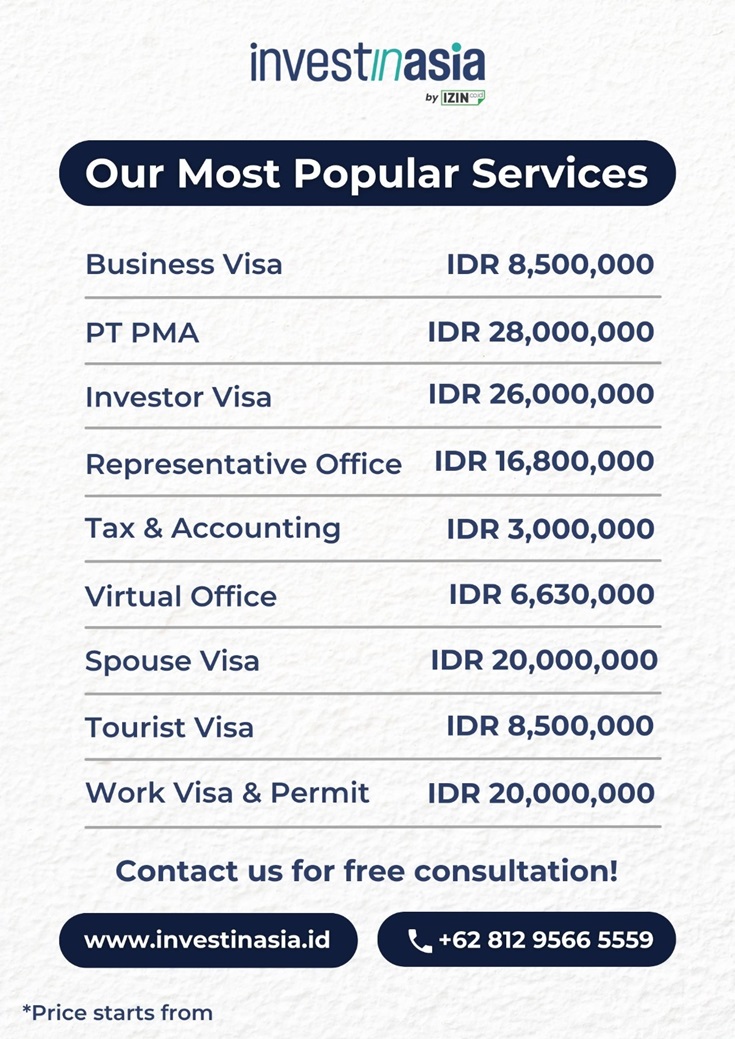If you’re diving into the world of business and finance, you might have come across the term “holding company.” Holding companies play a vital role in the corporate landscape, but what exactly are they and how do they operate?
In this article, we’ll break down the ins and outs of holding companies, from their structure to their benefits and everything in between.
Holding Company Definition and Role
A holding company, at its core, is a corporation that owns the majority of shares in other companies, known as subsidiaries. This ownership allows the holding company to exercise control over its subsidiaries’ operations and management. The primary purpose of a holding company is to own and control other businesses, often operating in different industries.
Also read: What is an Offshore Company: Definition and Advantages
Types of Holding Companies


Holding companies come in various shapes and sizes, each serving specific purposes. Some common types include:
Pure Holding Company
A pure holding company exists solely to own and manage the shares of its subsidiaries. It doesn’t engage in any operational activities of its own.
Parent Company
A parent company not only owns subsidiaries but also plays an active role in their management and operations. It often provides support, resources, and strategic guidance to its subsidiaries.
Mixed Holding Company
A mixed holding company combines the characteristics of a pure holding company and a parent company. It holds shares in subsidiaries and participates in their operations to some extent.
Also read: The Types of Companies and Business Entities in Indonesia
Holding Company Structure
A holding company typically follows a tiered structure. At the top is the holding company itself, which owns subsidiary companies. These subsidiaries can, in turn, have their own subsidiaries. This structure allows for efficient management and allocation of resources.
The Advantages and Disadvantages of a Holding Company
Advantages:
Risk Mitigation
The risk is spread across different subsidiaries, reducing the impact of losses from one business on the entire group.
Tax Benefits
Holding companies often enjoy tax advantages, such as lower tax rates on dividends received from subsidiaries.
Centralized Management
The holding company can streamline operations, implement consistent strategies, and ensure better resource allocation.
Also read: Limited Liability Company (LLC): Definition and Characteristics
Disadvantages:
Complexity
Managing multiple subsidiaries with different operations and industries can be complex and challenging.
Regulatory Hurdles
Holding companies might face regulatory scrutiny due to their influence on multiple businesses.
Dependency
The success of the holding company is reliant on the performance of its subsidiaries.
Also read: What is Company Incorporation: Definition and Advantages
How to Start a Holding Company


Starting a holding company involves several steps:
Research and Planning
Identify the industry and market you want to target and create a detailed business plan.
Legal Formalities
Choose a suitable legal structure, such as a corporation or LLC, and register the holding company.
Capitalization
Secure the necessary funding to acquire shares in subsidiary companies.
Acquisitions
Identify and acquire shares in suitable subsidiary companies that align with your strategic goals.
Management and Operations
Decide the level of involvement in subsidiary operations and establish a clear management structure.
Also read: What is Fintech: Meaning, Advantages, Types, Examples
Holding Company Examples
Several well-known holding companies serve as examples:
Berkshire Hathaway
Led by Warren Buffett, this holding company owns numerous subsidiaries, including GEICO, Dairy Queen, and Duracell.
Alphabet Inc.
The parent company of Google, with a range of subsidiaries under its umbrella, including YouTube and Waymo.
Hutchison Whampoa Limited
A Hong Kong-based conglomerate with holdings in ports, retail, telecommunications, and more.
Also read: PT vs PMA vs KPPA Indonesia, What’s the Differences?
Holding Company in Indonesia
Indonesia’s business landscape also features holding companies, playing a pivotal role in the country’s economy. These companies often contribute to economic growth by overseeing multiple subsidiaries in various industries.
Here are some examples of successful holding companies in Indonesia:
- PT Semen Indonesia
- PT Pupuk Indonesia
- PT KAI
- PT Telekom
- PT Astra International
- PT Sinar Mas
- PT Salim Group
With its vast natural resources and strategic location, Indonesia has emerged as one of the key players in the global business landscape. The country offers a diverse and dynamic market with a population of over 270 million, making it an attractive destination for both local and international businesses.
Also read: 25 Profitable Business Ideas and Opportunities in Indonesia
For foreign entrepreneurs and investors, Indonesia presents a wealth of business opportunities. The government has implemented various measures to attract foreign investment, including simplified regulations and incentives.
For ensuring compliance and simplifying business registration for foreign investors, it is advisable to seek professional assistance from InvestInAsia’s services for Indonesia PMA company registration and set up PT company in Indonesia.
InvestinAsia is one of a company that can help you with company registration in Indonesia. We have a team of experienced professionals who can help you through the process of Indonesia representative office registration, virtual office setup in Indonesia, and obtaining the necessary business registration number in Indonesia.
If you are interested in starting a business in Indonesia, you can start by contacting us for FREE consultation.
FAQs about Holding Company
What is the difference between a holding company and a subsidiary company?
A holding company owns shares in subsidiary companies and exercises control, whereas a subsidiary is owned and controlled by a parent or holding company.
Can a holding company and subsidiary have the same name?
Yes, they can have the same name, but it’s essential to differentiate them legally and operationally.
What is the Purpose of a Holding Company?
The purpose is to control and manage subsidiary companies, diversify investments, and streamline operations.
How does a holding company make money?
A holding company generates income through dividends from its subsidiaries, capital appreciation, and selling subsidiary shares.
What is a holding company vs LLC?
A holding company is designed to own and control other companies, while an LLC is a legal structure that provides liability protection.
What are the pros and cons of a holding company?
Pros include risk diversification and tax benefits, while cons involve complexity and potential regulatory challenges.
In conclusion, holding companies are powerful entities that play a crucial role in the corporate world. They offer unique benefits but also come with challenges that require strategic management. Whether you’re considering starting a holding company or just want to understand their significance, this article provides a comprehensive overview.



